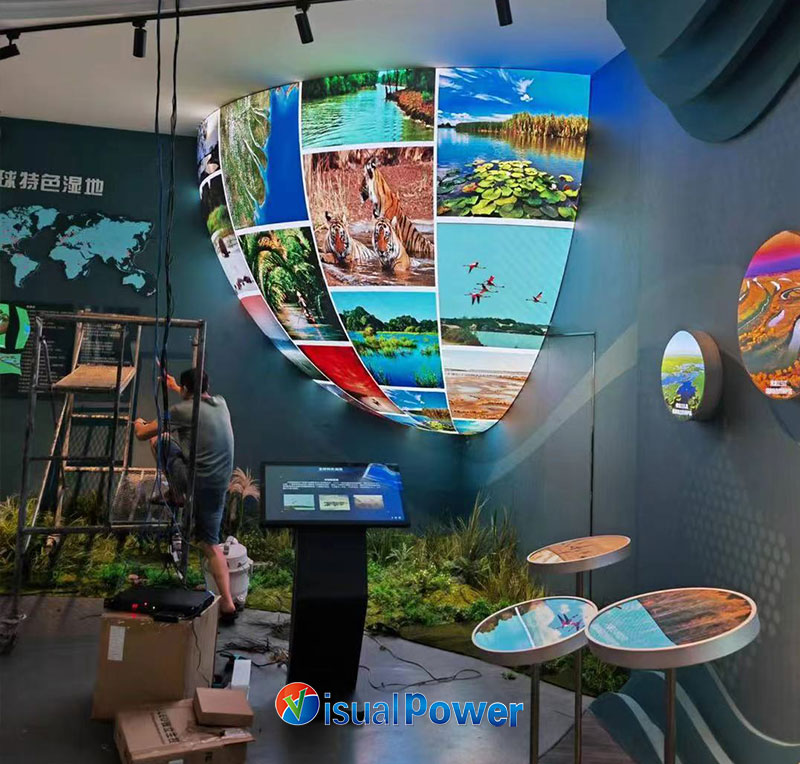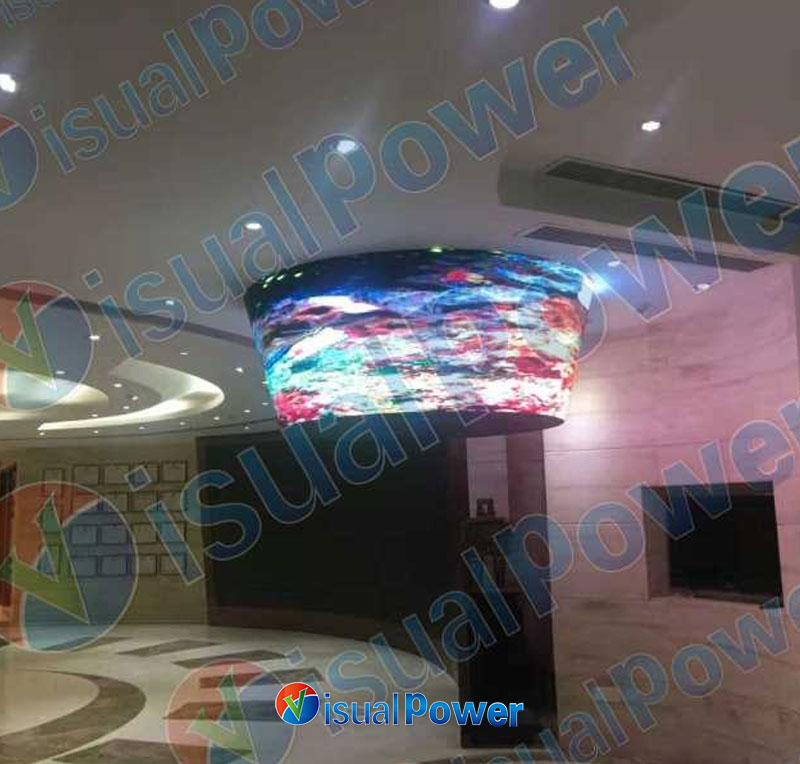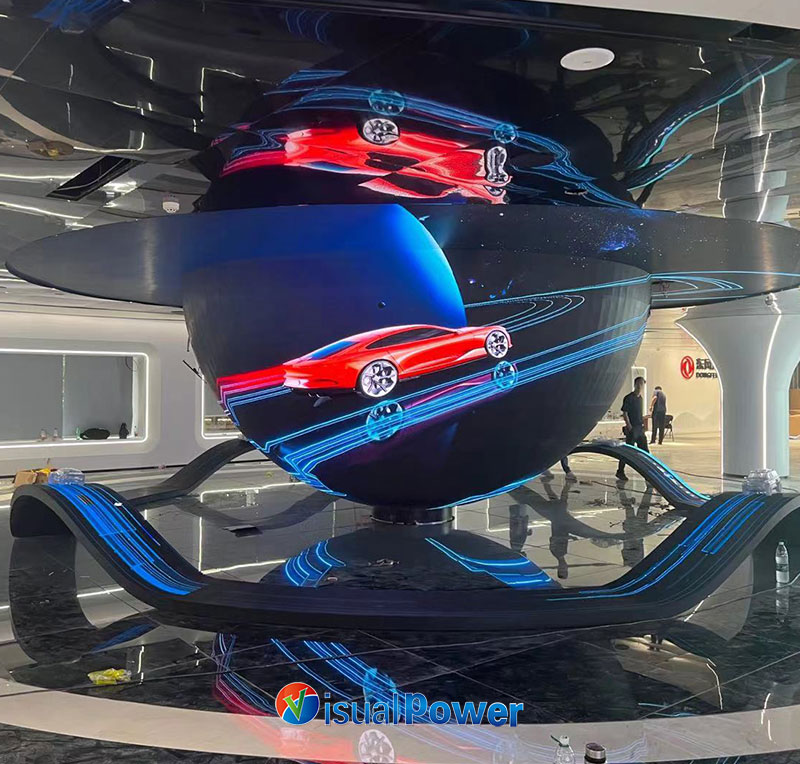Categories
- News (75)
- case study (6)
The night in the city is always inseparable from the screen. But not every piece is worth remembering.
I once saw a circular LED screen hidden on the exterior facade of an old factory building in the Memory of the Eastern Suburbs of Beijing. It was foggy that day. The screen flickered with a dim yellow warm light in the grayish air, playing frame by frame the story of an old man repairing shoes on the street. There was no sound, but it was as gentle as an old film.
That’s not an advertisement, not a display. It’s more like the release of some kind of emotion. This is the first time I have realized that creative LED display is not merely an outlet for information; it is part of the spatial narrative.

I have seen too many display screen projects that were “under the banner of creativity”, but in the end, they only ended up being “very cool”. But what truly makes me stop is often not the brightest one, but the one that can most communicate with the space.
Once, I participated in the creation of an art installation by the seaside. It was a mottled breakwater. Instead of choosing traditional screens, we embedded leds like silk ribbons in the crevices of the stones. When the sea breeze blows, the rhythm of the light strips seems to respond to the waves. This is not a mere accumulation of techniques, but an expression of respect for the spirit of the place.
This is the core of creative LED display: Light should not dominate the space but be understood.
When many people mention creative LED, the first thing that comes to mind is the irregular-shaped screen, naked-eye 3D and huge dynamic images. But truly good ideas do not necessarily aim for grandeur, uniqueness or excitement.
In my opinion, the freer the structure is, the more rigorous the logic should be.
Just as architects often have to return to the most basic line control when dealing with irregular curved surfaces. The same is true of creative LED display. Every curvature, every color change, even just a light in a transitional corner, must serve the emotional design.
An exhibition installation that I collaborated on with the visualpower team brought a fresh perspective within the realm of “clear logic”. We cut the leds into units resembling “crushed ice” and distributed them among the grilles on the ceiling of the art gallery. What the audience sees when they look up is not information but a gradually melting “dome of light”.
It tells about global warming.
No one can laugh after watching it.

I increasingly find that truly touching creative display screen projects ultimately point to the “relationship between people and space”. Technology is the skeleton, art is the texture, and emotion is the nerve.
In an urban renewal project with an interactive theme, we once set up a long and narrow corridor, and the walls were composed of multiple “breathing” LED modules. When people walk through it, images will follow them like shadows, but they never make a noise. When children pass by, it’s like leaping blocks of color; when the elderly go by, it’s like slowly spreading mist.
This screen doesn’t tell anyone “How should you go?” It just accompanies you silently.
Sometimes, we are too eager to make the screen “functional”, but forget that it can also “have body temperature”.
If you want to truly implement an LED project worthy of being called “creative”, you might as well refer to some principles I have summarized over the years:
Don’t ask if it can be achieved. First, ask if it makes sense. Technology can always make up for it, but the soul cannot.
Let the space speak. creative LED display is not a noun for stamping. It must reach a tacit understanding with the environment you are in.
The content is not the final step; it is the first part to be conceived. Especially the dynamic rhythm and the way viewers interact should enter the design process from the very beginning, rather than being “filled in” after installation.

After all, the screen is an artificial thing. But creative LED display convinces me that it can also be an extension of human emotions. It is not to illuminate a certain commodity, but to illuminate a period of reflection while walking, a glimmer of hope in the crevices of the city.
I am willing to believe that true creativity is not about what we “do”, but what we “show people”.